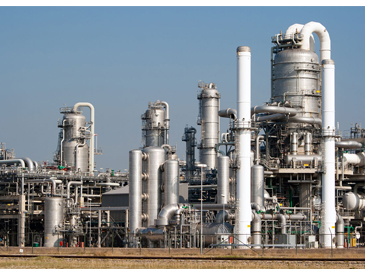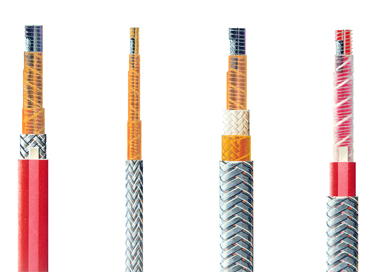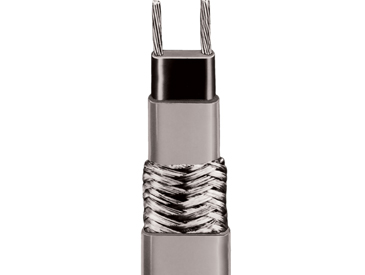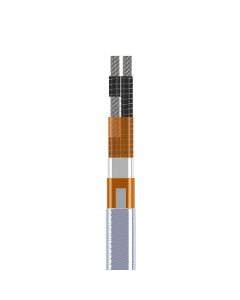Petrochemical Viscosity Control
A cost-effective and simple way to reduce viscosity and improve production efficiency



Application
Petrochemicals are chemical products derived from petroleum sources. Some of these chemicals are obtained from resources such as coal, natural gas, corn or even sugar cane. The two most common petrochemical classes are olefins and aromatics and they are the building-blocks used to manufacture a wide range of everyday materials such as solvents, detergents, adhesives, plastics, resins, fibers, elastomers, lubricants, and gels. Throughout petrochemical processing plants, there are many chemicals and gasses passing through pipelines and stored in tanks. Petroleum-based chemicals often thicken and do not flow well at lower temperatures. If the petrochemicals are not maintained at the desired temperature, viscosity issues cause the liquids to inefficiently flow and could starve or clog production lines. To complicate matters, these petrochemicals often require hazardous-area-rated heating products.
Solution
Install BriskHeat constant-wattage heating cable along piping to maintain the elevated temperatures necessary for petrochemical production. Constant-wattage heating cable is a flexible heating cable that is installed along the outside of the pipes and valves (Heat Tracing) and is capable of maintaining temperatures up to 500°F (260°C). Often referred to as heat tape, constant-wattage heating cable is used for heating long runs of piping systems of up to several hundred feet. BriskHeat’s constant-wattage heating cables are suitable for outdoor use and are FM-Approved for hazardous locations. Insulation is always recommended to maximize heat and energy efficiency. A temperature controller is required to control constant-wattage heating cable and BriskHeat offers several temperature controller options depending on the specific needs of the application. Self-Regulating heating cable is another option for maintaining systems at lower temperatures. This type of heating cable automatically adjusts its heat output based upon ambient conditions and never exceeds a specific rated temperature, most commonly 149°F (65°C). Higher temperature self-regulating heating cable can reach 248°F (120°C). Typical uses for self-regulating heating cable are low temperature maintenance and freeze protection applications.
Additional Uses
Constant-wattage heating cable can be used on nearly all pipe heating applications. These include applications for freeze protection, reducing viscosity, preventing condensation, and more.

